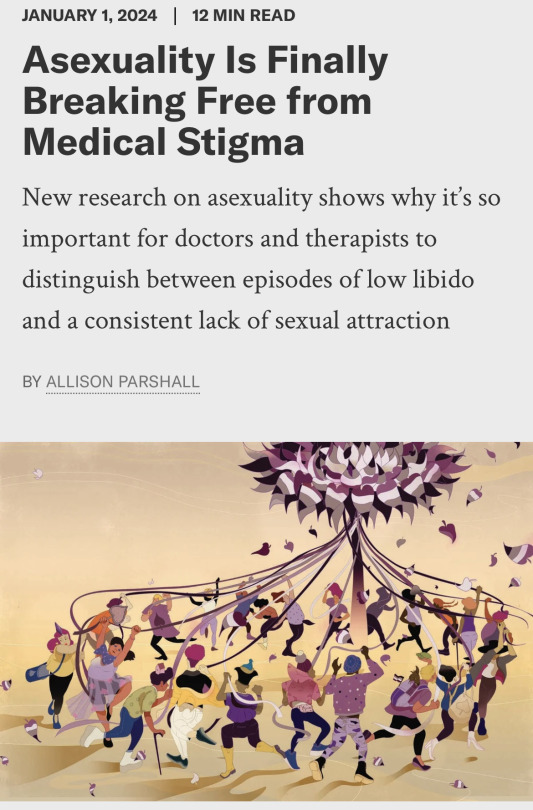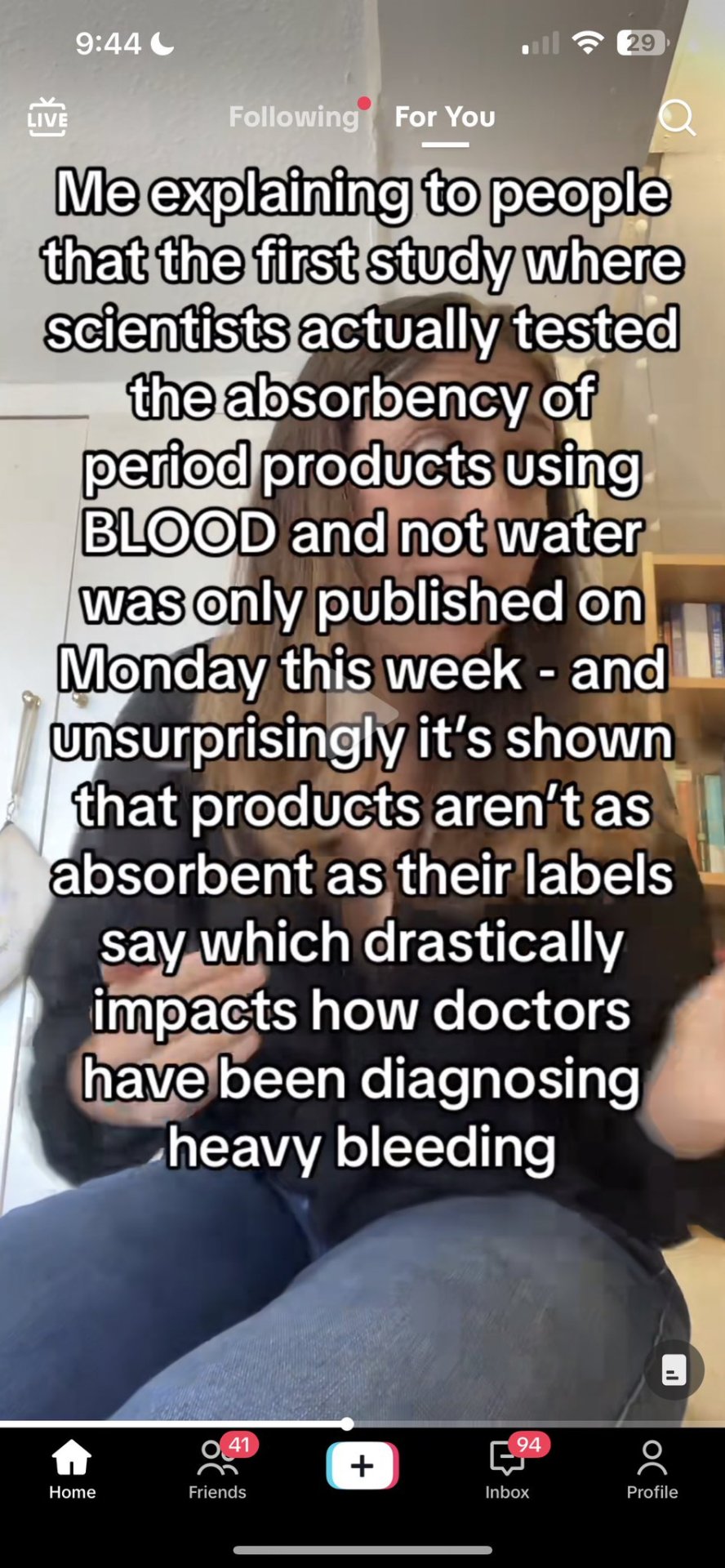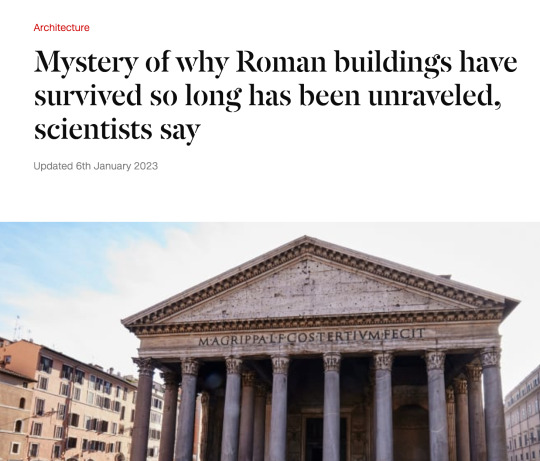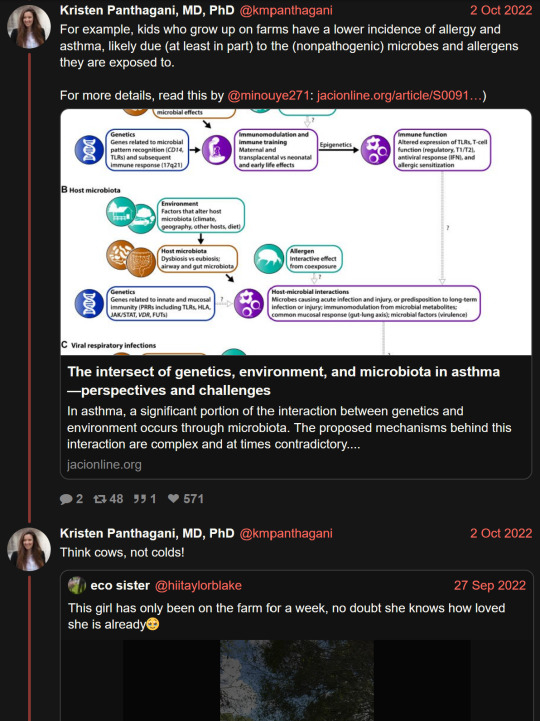#science articles
Text
How the gut communicates with the brain

New research from Flinders University has discovered how specialized cells within the gut can communicate with both the brain and spinal cord, which up until now had remained a major mystery."The gut-brain axis consists of bidirectional communication between the brain and the gut, which links emotional and cognitive centers of the brain with peripheral intestinal functions," says study author Professor Nick Spencer from the College of Medicine and Public Health."Recent advances in research have described the importance of gut microbiota in influencing these pathways but we had yet to uncover how the communication was working."The study, published in the American Journal of Physiology, reveals a breakthrough discovery regarding how enterochromaffin cells communicate with sensory nerve endings."Within the gut wall lie specialized cells called enterochromaffin (EC) cells that produce and release hormones and neurotransmitters in response to particular stimuli that are ingested when we eat," says Professor Spencer."These EC cells release the vast majority of serotonin into the body, so our study has uncovered a major clue into how the food we eat stimulates the release of serotonin, which then acts on the nerves to communicate with the brain."There is a direct connection between serotonin levels in our body and depression and how we feel. So, understanding how the gut EC cells communicate with the brain is of major importance."
The team made the discovery using a neuronal tracing technique developed in their lab, not used anywhere else in the world, allowing them to see the sensory nerve endings with clarity, for the first time, in the gut wall."This has not been possible, until now, because there were so many other types of nerves also present in the gut—it's like finding a needle in a haystack," says Professor Spencer.The technique allowed the researchers to see that EC cells likely release substances by a process of diffusion, which then acts on the sensory nerves that communicate with the brain.No direct physical connection between the EC cells and sensory nerve endings were found, contrary to some suggestions."The gut is the only organ with its own nervous system, known as the Enteric Nervous System or the second brain. We now have a better understanding of how the 'second brain' communicates with the 'first brain'," says Professor Spencer.
2 notes
·
View notes
Text

ACES!!! Look at this Scientific American article!!! It makes me genuinely so happy to read. We’re making it!!!!
https://www.scientificamerican.com/article/asexuality-is-finally-breaking-free-from-medical-stigma/
#asexual#demisexual#ace pride#queer#lgbtq#aromantic#aroace#GUYS READ IT PLEASE IM SO HAPPY!!!#update y’all check notes for the time traveling! I’m very honored ppl think I’m some ace time traveling god though. just for science article
34K notes
·
View notes
Text




hey, hi, I was just on the former bird app and came across this info from a brand new study and now I cannot stop screaming internally??? what the actual fuckkkk
theres' an article from the guardian here and here is the actual study:
#period products#menstruation#what the fuck what the fuck!!!#i know i probably shouldn’t be surprised but wtffff#idk what to tag this but#science#menstrual bleeding#heavy bleeding#period problems#reproductive health#alt text#described#physical health#blood mention tw#periods#edit: btw I skimmed the article overview and I’m glad to say it seems very inclusive#so once again: terfs can go fuck themselves in the not pleasant way <3#it always bears repeating and I will ad naseum
39K notes
·
View notes
Text
Winter Weather Current Events and Curriculum Connections
Photo by Egor Kamelev on Pexels.com
There are many ways that you can connect with winter weather (snow, ice, albedo effects, winter storms, animal adaptations, and human winter culture) in any science class.
Biology and life science classes might explore: winter adaptations, winter ecosystem interactions, animal tracks in the snow, and using snow environmental DNA to track endangered…

View On WordPress
#albedo#astronomy#biology#chemistry#earth science#environmental science#ice#lesson plan ideas#olympics physics#polar vortex#Science#science articles#science current events#Science Discussions#Science Education#science literacy#science videos#snow#winter weather
0 notes
Text
HETEROSEXUAL CIS-PEOPLE LOOK HERE

Snaps my fingers at you as you scroll past this post
Look at me. Listen.
I'm not the best at serious posts, but that article up there reminded me of how important it is that people like you stand up for us. So hold on while I try to get this out of my mushy end-of-work-day brain.
We could fight this fight ourselves for decades trying to reach the equal laws, gender affirming trans healthcare that doesn't have a 2-5+ soul-eating years of waiting time, medical care with equal knowledge of lgbtqia+ bodies, and, what is often forgotten, inclusion in the little everyday areas of life like our way of speaking or things being set up or designed with the existence of queer people in mind.
But you joining in could get us there so much faster.
The power you have as a hetero cis person is that you set the standard for what is seen as the average way of treating us among other hetero cis people. You have been given the power of deciding what's "normal" and I'm begging you to use it.
Richard Green is a great example of to what extent your actions can help our situation, and smaller ways of support still add up to a great impact on society, and could make the days of the queer people you interact with.
Educate yourself before you speak up, but don't be silent.
#lgbtqia+#lgbtq#lgbtqia#lgbtq+#lgbtqia+ rights#lgbtq+ rights#lgbtq rights#interesting#article#psychology#mental health#psychologist#reading#culture#cooking#drawing#music#nature#science#baking#pets#inspirational#gaming#photography#fashion#writing
4K notes
·
View notes
Text

contender for funniest quote of all time
#science!#this article is about the eclipse btw#solar eclipse#astronomy#animals#science#check my reblog for info on citizen science during the eclipse!
2K notes
·
View notes
Text
To whom it may concern,
Just a suggestion, or gentle recommendation, but if you're writing code for a scientific study of any kind, maybe consider, possibly, limiting the number of swear words in said code because now many journals now require you to have your code publicly available in order to publish and if that's the case, then you'll have to spend many hours editing out all the swear words you put into your code or risk getting rejected by the journal that you already payed way too much money to in order to submit your paper.
Sincerely,
The scientist currently cursing her past code-writing self.
2K notes
·
View notes
Photo

Mystery of why Roman buildings have survived so long has been unraveled, scientists say (Katie Hunt, CNN, Jan 06 2023)
“Roman concrete, in many cases, has proven to be longer-lasting than its modern equivalent, which can deteriorate within decades.
Now, scientists behind a new study say they have uncovered the mystery ingredient that allowed the Romans to make their construction material so durable and build elaborate structures in challenging places such as docks, sewers and earthquake zones.
The study team, including researchers from the United States, Italy and Switzerland, analyzed 2,000-year-old concrete samples that were taken from a city wall at the archaeological site of Privernum, in central Italy, and are similar in composition to other concrete found throughout the Roman Empire.
They found that white chunks in the concrete, referred to as lime clasts, gave the concrete the ability to heal cracks that formed over time.
The white chunks previously had been overlooked as evidence of sloppy mixing or poor-quality raw material.
"For me, it was really difficult to believe that ancient Roman (engineers) would not do a good job because they really made careful effort when choosing and processing materials," said study author Admir Masic, an associate professor of civil and environmental engineering at the Massachusetts Institute of Technology. (…)
Additional analysis of the concrete showed that the lime clasts formed at extreme temperatures expected from the use of quicklime, and "hot mixing" was key to the concrete's durable nature.
"The benefits of hot mixing are twofold," Masic said in a news release.
"First, when the overall concrete is heated to high temperatures, it allows chemistries that are not possible if you only used slaked lime, producing high-temperature-associated compounds that would not otherwise form.
Second, this increased temperature significantly reduces curing and setting times since all the reactions are accelerated, allowing for much faster construction."
To investigate whether the lime clasts were responsible for Roman concrete's apparent ability to repair itself, the team conducted an experiment.
They made two samples of concrete, one following Roman formulations and the other made to modern standards, and deliberately cracked them.
After two weeks, water could not flow through the concrete made with a Roman recipe, whereas it passed right through the chunk of concrete made without quicklime.
Their findings suggest that the lime clasts can dissolve into cracks and recrystallize after exposure to water, healing cracks created by weathering before they spread.
The researchers said this self-healing potential could pave the way to producing more long-lasting, and thus more sustainable, modern concrete.
Such a move would reduce concrete's carbon footprint, which accounts for up to 8% of global greenhouse gas emissions, according to the study.
For many years, researchers had thought that volcanic ash from the area of Pozzuoli, on the Bay of Naples, was what made Roman concrete so strong.
This kind of ash was transported across the vast Roman empire to be used in construction, and was described as a key ingredient for concrete in accounts by architects and historians at the time.
Masic said that both components are important, but lime was overlooked in the past.”
9K notes
·
View notes
Text
« To mention the global loss of biodiversity, that is to say, the disappearance of life on our planet, as one of our problems, along with air pollution or ocean acidification, is absurd—like a doctor listing the death of his patient as one symptom among others.
The ecological catastrophe cannot be reduced to the climate crisis. We must think about the disappearance of life in a global way. About two-thirds of insects, wild mammals and trees disappeared in a few years, a few decades and a few millennia, respectively. This mass extinction is not mainly caused by rising temperatures, but by the devastation of natural habitats.
Suppose we managed to invent clean and unlimited energy. This technological feat would be feted by the vast majority of scientists, synonymous in their eyes with a drastic reduction in CO2 emissions. In my opinion, it would lead to an even worse disaster. I am deeply convinced that, given the current state of our appetites and values, this energy would be used to intensify our gigantic project of systemic destruction of planetary life. Isn't that what we've set out to do—replace forests with supermarket parking lots, turn the planet into a landfill? What if, to cap it all, energy was free?
[...C]limate change has emerged as our most important ecological battle [...] because it is one that can perpetuate the delusional idea that we are faced with an engineering problem, in need of technological solutions. At the heart of current political and economic thought lies the idea that an ideal world would be a world in which we could continue to live in the same way, with fewer negative externalities. This is insane on several levels. Firstly because it is impossible. We can't have infinite growth in a finite world. We won't. But also, and more importantly, it is not desirable. Even if it were sustainable, the reality we construct is hell. [...]
It is often said that our Western world is desacralised. In reality, our civilisation treats the technosphere with almost devout reverence. And that's worse. We perceive the totality of reality through the prism of a hegemonic science, convinced that it “says” the only truth.
The problem is that technology is based on a very strange principle, so deeply ingrained in us that it remains unexpressed: no brakes are acceptable, what can be done must be done. We don't even bother to seriously and collectively debate the advisability of such "advances". We are under a spell. And we are avoiding the essential question: is this world in the making, standardised and computed, overbuilt and predictable, stripped of stars and birds, desirable?
To confine science to the search for "solutions" so we can continue down the same path is to lack both imagination and ambition. Because the “problem” we face doesn't seem to me, at this point, to be understood. No hope is possible if we don't start by questioning our assumptions, our values, our appetites, our symbols... [...] Let's stop pretending that the numerous and diverse human societies that have populated this planet did not exist. Certainly, some of them have taken the wrong route. But ours is the first to forge ahead towards guaranteed failure. »
— Aurélien Barrau, particle physicist and philosopher, in an interview in Télérama about his book L'Hypothèse K
1K notes
·
View notes
Text







"Do not let anyone convince you that you need to get sick to be healthy."
#kristen panthagani#immunology#sars cov 2#long post#i s2g if i see one more bullshit article/comment about IMmUNiTY deBT........................#for the millionth billionth fucking time: IMMUNITY DEBT ISN'T REAL. there is NO SUCH THING as immunity debt caused by avoiding illness#and ANY dr/immunologist worth their salt in the year 2023 will tell you that#“but you have to train your immune system for it to get stronger!” nope doesn't work like that. the immune system is not a muscle#you might as well tell everyone that the reason they don't have skin like armoured steel is that they haven't been stabbed enough#tell all those drs treating tuberculosis patients that they're weakening their immunity by wearing respirators and NOT catching tb#let's all stop filtering the water while we're at it. have everyone get cholera - that'll fortify ppl's immune systems for sure#this world is a joke.#ppl buy into this shit and then wonder why the anti-vaxx/anti-science movement keeps growing
2K notes
·
View notes
Text
The young woman was catatonic, stuck at the nurses’ station — unmoving, unblinking and unknowing of where or who she was.
Her name was April Burrell.
Before she became a patient, April had been an outgoing, straight-A student majoring in accounting at the University of Maryland Eastern Shore. But after a traumatic event when she was 21, April suddenly developed psychosis and became lost in a constant state of visual and auditory hallucinations. The former high school valedictorian could no longer communicate, bathe or take care of herself.
April was diagnosed with a severe form of schizophrenia, an often devastating mental illness that affects approximately 1 percent of the global population and can drastically impair how patients behave and perceive reality.
“She was the first person I ever saw as a patient,” said Sander Markx, director of precision psychiatry at Columbia University, who was still a medical student in 2000 when he first encountered April. “She is, to this day, the sickest patient I’ve ever seen.”
It would be nearly two decades before their paths crossed again. But in 2018, another chance encounter led to several medical discoveries reminiscent of a scene from “Awakenings,” the famous book and movie inspired by the awakening of catatonic patients treated by the late neurologist and writer Oliver Sacks.
Markx and his colleagues discovered that although April’s illness was clinically indistinguishable from schizophrenia, she also had lupus, an underlying and treatable autoimmune condition that was attacking her brain.
After months of targeted treatments — and more than two decades trapped in her mind — April woke up.
The awakening of April — and the successful treatment of other peoplewith similar conditions — now stand to transform care for some of psychiatry’s sickest patients, many of whom are languishing in mental institutions.
Researchers working with the New York state mental health-care system have identified about 200 patients with autoimmune diseases, some institutionalized for years, who may be helped by the discovery.
And scientists around the world, including Germany and Britain, are conducting similar research, finding that underlying autoimmune and inflammatory processes may be more common in patients with a variety of psychiatric syndromes than previously believed.
Although the current research probably will help only a small subset of patients,the impact of the work is already beginning to reshape the practice of psychiatry and the way many cases of mental illness are diagnosed and treated.
“These are the forgotten souls,” said Markx. “We’re not just improving the lives of these people, but we’re bringing them back from a place that I didn’t think they could come back from.”
– A catatonic woman awakened after 20 years. Her story may change psychiatry.
#block JavaScript in site settings if article is paywalled#April burrel#disability#schizophrenia#lupus#mental illness#catatonia#chronic illness#institutionalization#psychiatry#medical science#healthcare#autoimmune disease#Washington post#knee of huss
3K notes
·
View notes
Text
Although lactation is a mammalian trait, in recent years several animals have been found to produce milk for their young.
Siphonops annulatus it is amazing to find it has a vent for producing a rich fatty milk with which it feeds its wormlets several times a day.
661 notes
·
View notes
Text
My Paper Summaries Blog
This blog is intended mostly for my own use in case I ever have a paper I need to refer back to. I imagine it would be easier to read my own short summary and get what I need as opposed to reading the abstracts and then potentially having to scroll through dozens of pages to find what I need.
Perhaps this could also be useful to someone else who happens to stumble across my summary and have it be exactly what they need. Either way, I hope to summarize every paper I read on here.
1 note
·
View note
Text


TBOY SWAG
#THE PUFFER VEST...#bill nye#eclipse#bill nye the science guy#thanks liz for sending us this article.
404 notes
·
View notes
Text
New research suggests interrupting immune response improves multiple sclerosis outcomes

A human immune system is a lot like the board game Mouse Trap: it's a Rube Goldberg system of interacting parts. Only instead of a falling ball causing a tiny diver to leap into a tub—which, in turn, springs a trap on some plastic mice—proteins trigger other proteins to activate immune cells and direct them toward germs. But if those proteins mistakenly direct immune cells toward healthy tissue, autoimmune diseases like multiple sclerosis—which attacks neurons—can arise.
A new study led by Kelly Monaghan, a researcher with the West Virginia University School of Medicine, suggests that part of the "Rube Goldberg" immune system shows promise as a potential target for MS therapies."Anytime you have any kind of central nervous system issues, you have to go through a series of steps to have cells get into the brain or spinal cord," said Monaghan, a doctoral candidate in the Department of Microbiology, Immunology and Cell Biology. "Gaining a better understanding of those immune mechanisms associated with MS can help to inform novel therapies."Her findings appeared in the Proceedings of the National Academy of Science.Her study focused on STAT5, one of the many proteins circulating in the body that can metaphorically turn genes on or off."STAT5 is a transcription factor," Monaghan said. "It is a member of the STAT protein family, and it has a lot of different roles in cell proliferation and inflammation. Importantly, STAT5 proteins must form dimers to regulate gene expression. The interaction of two dimers results in the formation of tetramers, which regulate an independent set of target genes."Monaghan and her colleagues wanted to know if STAT5 tetramers played a role in signaling white blood cells to interact and move through the meninges. If they did play such a role, the researchers wanted to learn more about it."The meninges, if you don't know, are a series of three membranes that surround the central nervous system," she said. "They act as a sort of checkpoint, if you will, to regulate the migration of cells into the actual brain or spinal cord."The infiltration of immune cells into the meninges is a hallmark of multiple sclerosis.In particular, Monaghan wanted to investigate the molecular chain of events that might cause STAT5 tetramers to command another protein, called CCL17, to tell T cells, a type of white blood cell, to attack the central nervous system through "friendly fire.
1 note
·
View note
Text
Haven't been able to sleep at night.
My circadian rhythm has gone haywire since Ramadan bruh.
Not to mention a much dreaded Neuroscience journal presentation is due at 2pm today and it's currently 1am and I feel as energetic as a toddler on a teething rampage.
#i need to stop#sleep deprivation#i just want to sleep#i cant sleep#melatonin thoughts#pls pls i need it#sobs and cries#insomnies#university#science articles#studentlife#presentation#journal
1 note
·
View note